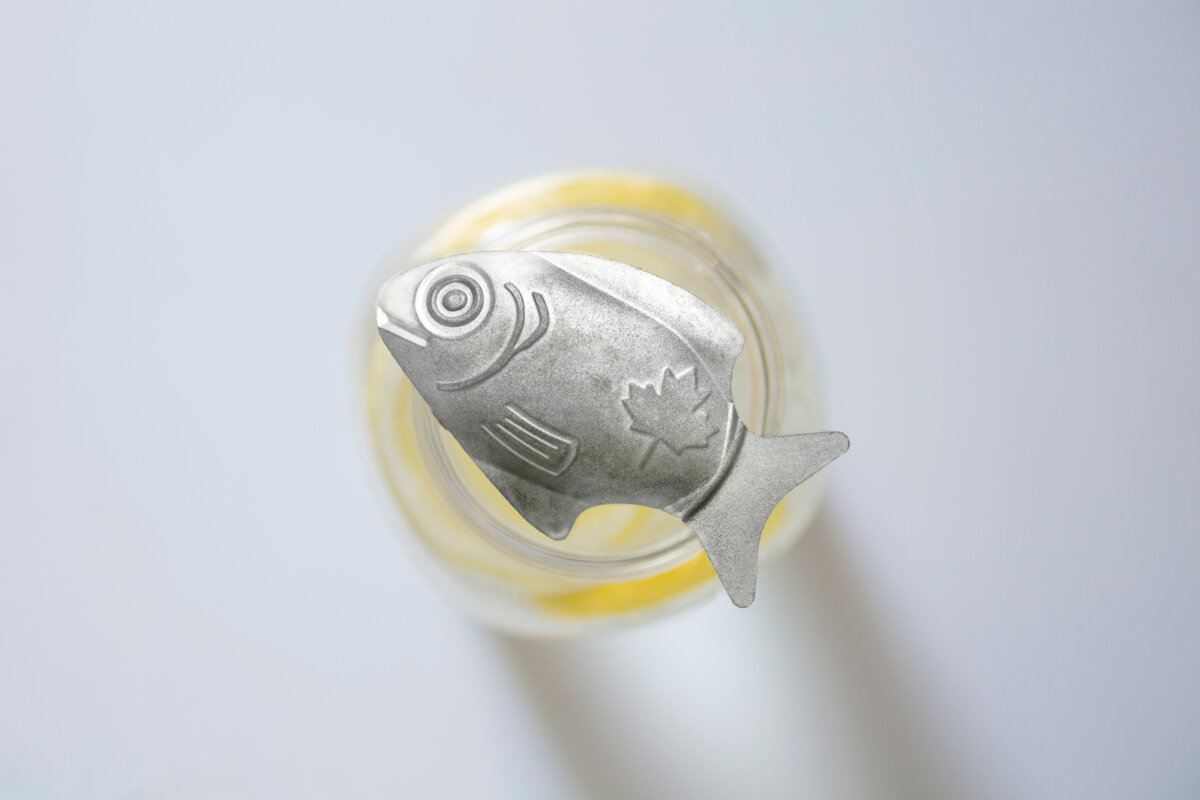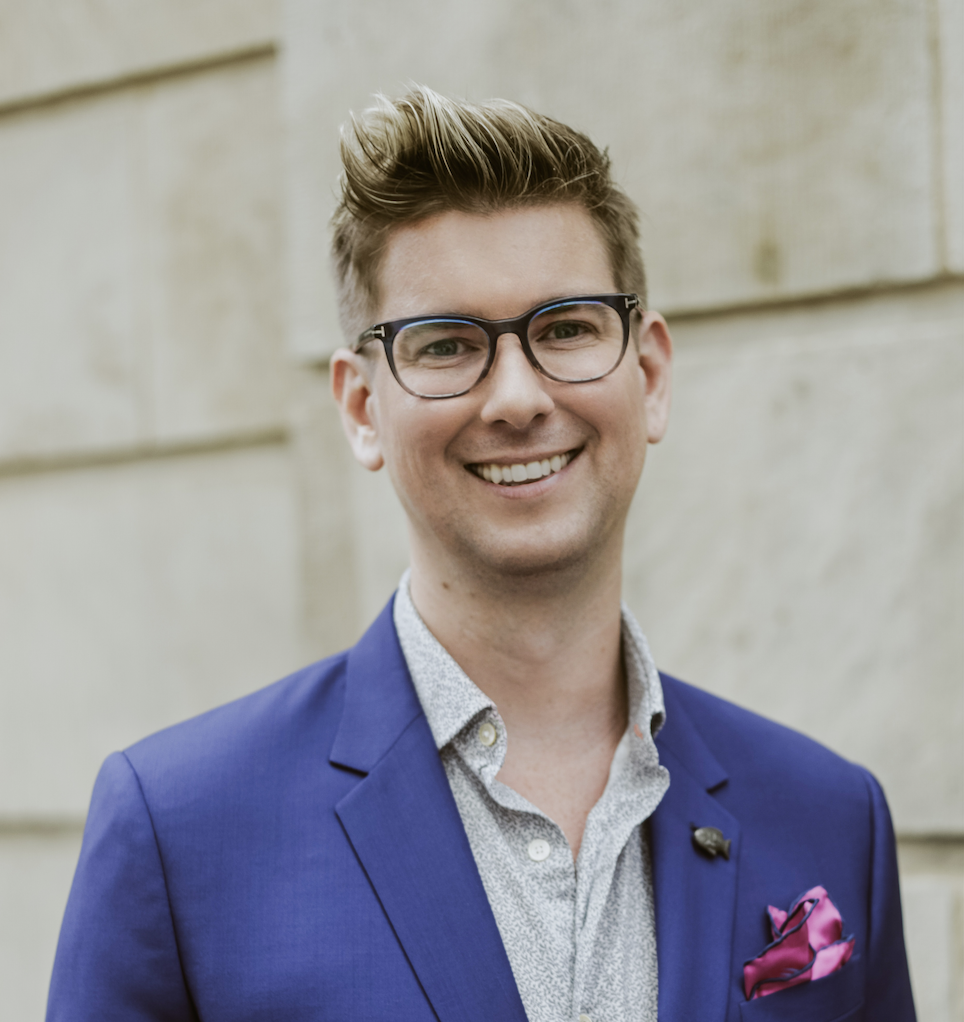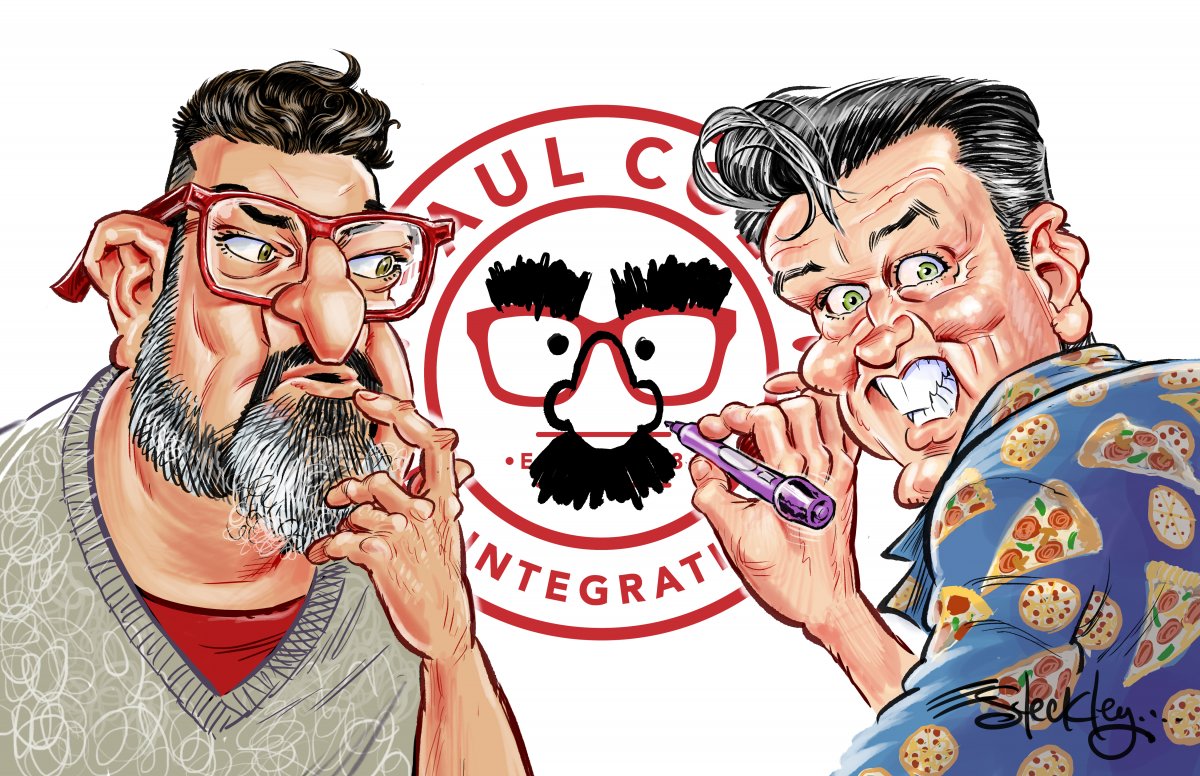[vc_row][vc_column][vc_column_text]Impact and iron both start with the letter I. So does the word to describe the impact that Lucky Iron Fish has had on malnutrition: incredible. Founded by Gavin Armstrong, Lucky Iron Fish has flourished from a research project into a company that is helping combat iron deficiency all over the world.
Armstrong was studying commerce at the University of Guelph, when various fundraising and volunteer work led him to the world’s largest refugee camp in northern Kenya. It was there that he became aware of the concept of hidden hunger, also known as malnutrition, which refers to the deficiencies or imbalance of a person’s nutrients.
“At the time, about 800 million people were going to bed hungry every night, but about 5 billion were going to bed malnourished,” said Armstrong. “The numbers were much larger, but no one was talking about it.”
When he got back to the University of Guelph, Armstrong learned of research being done about iron deficiency (which is the largest form of hidden hunger) in Cambodia by a man named Christopher Charles. The research focused on cooking with cast iron to fortify food with iron. Armstrong was intrigued.


Now, Lucky Iron Fish is used in over 80 countries around the world. By being dropped in boiling water or liquid-based meals for 10 minutes, the small cast iron fish easily helps increase a user’s iron intake without side effects or changes to taste.
If you’re wondering how Lucky Iron Fish got its shape, it was Armstrong’s first lesson in marketing and design: Women in Cambodia weren’t interested in dropping a disc of iron into their water, but a fish was a lucky symbol in their culture. With that small design change, the then research project saw much more success.
While Armstrong never could have imagined his life would be dedicated to a small cast iron fish, he always knew that he wanted to create change. He also knew that businesses, good businesses, make change happen.
“I’ve always had this belief that businesses have the tools and resources required to solve some of the world’s greatest challenges,” said Armstrong. “So, I was always very keen on focusing on projects that would provide innovation and solutions for global problems.”
Lucky Iron Fish is doing just that, providing a solution for a global problem. For this week’s Entrepreneur of the Week spotlight, Bay Street Bull spoke with Gavin Armstrong, Founder of Lucky Iron Fish, about putting health first, corporate responsibility and how to make an impact.[/vc_column_text][vc_text_separator title=”Q&A” color=”custom” style=”dashed” border_width=”3″ accent_color=”#103c89″][vc_column_text]You guys had some trouble at the beginning of Lucky Iron Fish with marketing it to the women in Cambodia, because they didn’t want just an iron plate. You guys tried the shape of a lotus flower, before you kind of stumbled upon the fish, which is a lucky symbol. Have you had any other big lessons or ‘aha!’ moments throughout your career?
We called it a project at the beginning, because I didn’t think it was going to be a business, let alone a global business. The focus was just on Cambodia and the business plan was to go community to community with a traveling roadshow of sorts and try and sell the product door to door. It didn’t work at all. People didn’t understand what we were doing. No one trusted us. The concept of the product was still really weird. We were still trying to get the international NGO community on board, but we needed a lot more data to have them partner with us. So, that completely failed. The goal was to sell a couple hundred a month, and I think we sold a couple dozen—it was not working.
At the same time I was going to conferences and presenting the data from our clinical trial. And I’d have a queue of people after saying, “I have iron deficiency, can I buy this product for myself?” So, that’s when I pivoted the model to start selling the unit online. And with every sale, we took a portion of that revenue and used it towards donated units for free in Cambodia and now around the world. The lesson is that you have to learn to pivot and listen to where the demand is.


Sometimes you just have to think bigger.
Yeah. Like I said, we were focused in Cambodia. I had no idea that we’d be now available in over 80 countries, around the world. So, it’s great.
You guys have actually branched out and have a lucky iron leaf now, does that symbol have any significance?
We started with the fish shape, which was seen as a symbol of luck in Cambodia. As we scaled Lucky Iron Fish to other countries, the symbol of a fish had other meanings, like cultural relevance or religious relevance. It was cute looking and it made sense: a fish going into water. So, that shape worked as we grew the company.
However, one country was incredibly resistant to the fish: India. With a very vegetarian population, people were instantly turned off with the name Lucky Iron Fish. They thought it had fish oil in it. So, we took the same approach that we did with the designing the fish shape. In Indian culture, a Tulsi leaf is said to have health properties. So, we shaped the iron like a Tulsi leaf and called it the Shakti leaf, which means power. Now, that shape is really well received in India.
You’ve touched on the importance of businesses and their role in helping society. For you, what defines being a social entrepreneur and being an active part of solving problems?
The terms social entrepreneurship and social entrepreneur are used a lot, and for a lot of different reasons. I don’t think there’s been a clear consensus of what they mean and I think that it can turn off some people from wanting to go down that path of pursuing that form of entrepreneurship and leadership. So, I like to use the term impact. I’m an impact entrepreneur. We’re an impact organization. To me, that means you can provide social or environmental change within your business. That could be with your supply chain, or even just your hiring practices. What are you doing to help make the world a better place?
Any business can be an impact organization—I believe accounting firms can be impact organizations. Ben and Jerry’s is one of the more famous ones and they sell ice cream. You don’t have to have a health product like Lucky Iron Fish. It’s about what you are in your day to day business. What are you doing to make change? How have you embedded that into the principles of your organization? Your corporate culture? Every day you should be working towards solving problems.
Obviously with COVID-19, health is at the forefront of everyone’s mind. Have you guys at Lucky Iron Fish noticed any changes in trends during the pandemic??
When COVID-19 was declared a pandemic in March, I was actually in India with members of our team. So, we had to find a way to get home. There was definitely a lot of stress during that 48-hour period. It wasn’t until I was actually on the flight back that I realized, how is this going to impact the company? I was worried about the unknown.
We developed a contingency plan that had different scenarios and how we would respond or react to certain outcomes. However, what we actually saw was positive growth in our e-commerce sales and our social media engagement. We’ve seen a year over year growth from last year at 80%, just starting in March. We believe that it’s because people are focused on health and focused on natural products. I think more people were at home, they were cooking more and a lot of restaurants were closed. So, we saw tremendous growth in our e-commerce and that’s actually sustained to this day, which is which is great.
We are seeing more people focused on products that can improve their immune system, and are natural and sustainable. With Lucky Iron Fish you can reuse it every day. You don’t have to go to Shoppers Drug Mart once a month, wait in line and pick up pills. The response to Lucky Iron Fish has actually been really positive. So, it’s a silver lining from the pandemic.
What’s something that you’ve learned that you wish you knew at the beginning of your entrepreneur journey?
I know it sounds cliche, but having the right team in place is critical. I believe that as a leader, you’re not supposed to know the answer to everything, but you’re supposed to ask the questions and walk away having the answers. It’s taken some time to find the team members who bring the right level of experience to meet the objectives that we’ve set. But that’s why, in the past year and a half, we’ve seen a tremendous amount of growth. We’re exceeding our KPIs and that’s because of the experience level of the team that we’ve put in place. So, I cannot underscore the importance of the team. Take time to find those team members.
With health and research in general, were there any findings in your initial research that stood out to you and you kind of keep in the back of your head? Of something that you still aim to have an impact on?
One of the interesting and unexpected findings from our clinical work is that the compliance rates for the Lucky Iron Fish and Lucky Shakti Leaf range between 80 to 90 percent. When you compare it to other treatment groups, like iron supplements, for example, the compliance rates are around 30 to 40 percent. And so with Lucky Iron Fish and Lucky Shakti Leaf, they’re much higher. There are no reported side effects: once someone uses it, they know it doesn’t change the taste of their food, and it’s easy to use. Then, when they start feeling the benefits, they want to continue to use it. Some of the other solutions will cause an upset stomach or leave a taste in your mouth, so a lot of people don’t want to continue on with it. So, the high compliance rate has been really promising.
A story that stands out is a testimonial from a mother in Guatemala who started using the fish, and said that she loves it because she could finally walk her daughter to school. Before, she’d wake up every morning and feel really dizzy and faint. So, she wasn’t able to make the journey with her daughter to school. But now, using Lucky Iron Fish, she has the energy and stamina and to do that. Obviously as a biomedical scientist, I look at the quantitative data, but those individual stories are really important to focus on as well.


I think there’s a growing awareness level for iron deficiency here in North America. What’s fascinating is that Canada and the US are deemed by the World Health Organization to have low levels of iron deficiency, but that’s still around 20%. I mean, imagine if another issue was at 20% of the population and it was considered low? It’s so common and a lot of clinicians and experts believe that that number is actually under diagnosed. If you have iron deficiency, some of the main signs and symptoms are headaches, pale skin and you’re tired. How many people in Toronto in February have those symptoms and just assume they’re tired? So, I think that as more and more awareness for iron deficiency comes around, people will start paying attention and start looking for solutions to help improve their quality of life.
As an impact entrepreneur, what does success look like? How do you define success?
There are basically two key things that we look at as an organization. One is our fiscal success. I mean, we are a company that has investors and targets. I truly believe for impact organizations to be successful, they have to demonstrate that they can be just as financially sustainable as a typical organization. Sometimes there’s still resistance and hesitancy to invest in an impact organization, people think it’s more philanthropic. So with Lucky Iron Fish, we’re trying to say, “You can do well and do good at the same time.”
On top of our fiscal targets, we are setting impact targets. It’s really important for us to be able to achieve those and to also expand on those targets. At the beginning when our resources were quite limited, what we were looking for was more based on assumptions. So, based on units distributed and household size in those countries, we’d estimate what the impact would be. Now we’re looking at developing a much more rigorous system, where we can actually look at the impact on the household: the financial income, participation in school, performance in school etc. So, we’re looking at the ripple effect of improving the health of the household. I think setting those targets and following them is going to be really critical for us.
What do you hope for in the future of Lucky Iron Fish? Do you ever see yourself branching out into other products for other malnutrition problems?
I’ve had the debate around, “How are we going to grow?” I’ve thought about looking at other forms of nutrition, but I actually have made the decision—and I think our board and investors agree it’s the right one— that we want to be experts in all things iron deficiency. We want to be the go-to company for the world’s largest nutritional challenge that impacts 2 billion people. So, we’re looking at other innovations to help treat and prevent iron deficiency. We’re looking at tools to diagnose iron deficiency, we’re looking at different ways that we could standardize research around understanding iron deficiency and how we can treat it. When you hear iron deficiency, or when you Google iron deficiency, Lucky Iron Fish should be the company that comes to mind.[/vc_column_text][vc_separator color=”custom” border_width=”2″ accent_color=”#103c89″][/vc_column][/vc_row]













